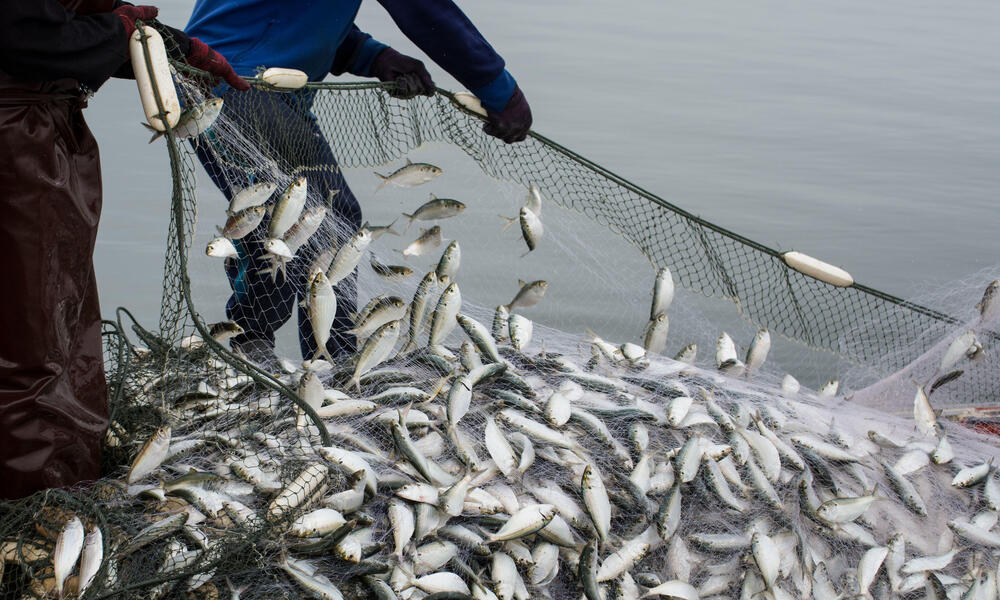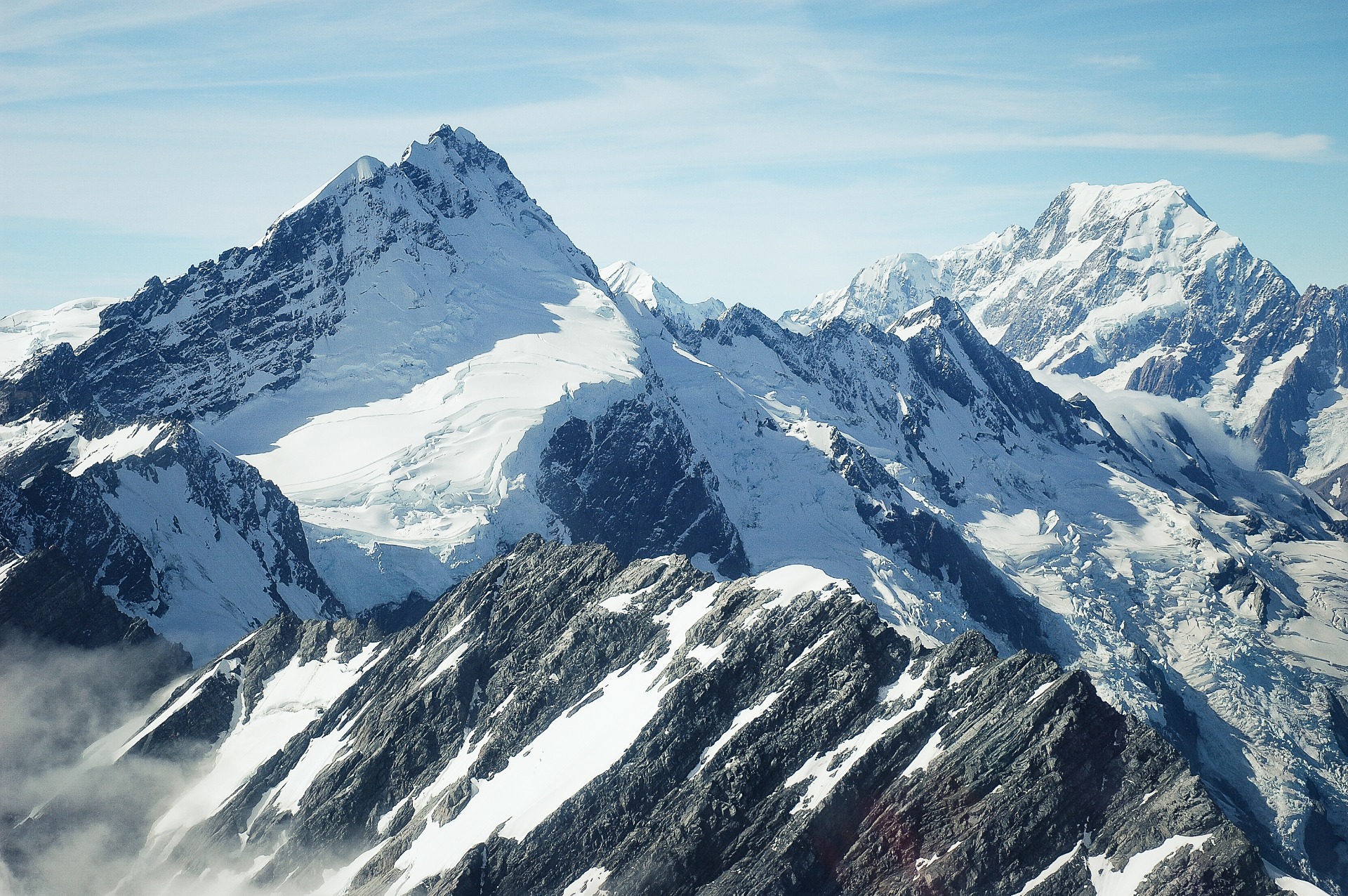
FISHERIES
The Cantabrian Sea is known for its great importance in the fishing sector. Since ancient times, the population of northern Spain has fished from anchovies and bonito (white tuna) to large mammals such as whales.
For centuries, many of the inhabitants of the coast of Cantabria have found in the sea not only a way of life but also a common culture that extends throughout the Cantabrian. From Burela to San Juan de Luz, the different coasts have marked the daily life and the shore work of the workers of the sea. The repair of the nets, the preparation of the bait, the development of vessels in shipyards or work in canneries are, among many others, the obligations and tasks carried out and carried out by the men and women involved in fishing in coastal villages.

Figure 4: Fishing boats docked at the port of Castro Urdiales in 1958. Miguel Gutiérrez Cuétara Sáez Collection.
Fishing campaigns
Actually, fishing campaigns in the Cantabrian Sea are divided according to the species and the months of the year, thus they are usually structured in a fishing calendar.
Knowing when each species' fishing season begins helps consumers to consume seasonal fish, which promotes sustainable fishing helping to maintain the health of the marine ecosystem.
The fishing time in the Cantabrian sea starts with the mackerel (Figure 5). The month of March is the best time for it because during the winter this fish remains on the seabed, and in February, after having acquired a high level of fat, it rises to the surface.
Its fishing time lasts from one week to one month, depending on the quotas allocated for this type of fish.The minimum size to catch mackerel respecting sustainable fishing is 20 cm.

Figure 5: Merckel.
The anchovy (Figure 6) fishing season begins in April and usually lasts until June. The beginning of the anchovy campaign in the Cantabrian is marked by the end of the merckel season.This is because anchovy fears this fish, so during the time it is on the surface, the anchovy remains on the bottom.
Although it is true that there are anchovies throughout the year, in April it approaches the coast to spawn, a characteristic that makes the anchovies caught between these months are of higher quality. The minimum size to catch anchovies respecting sustainable fishing is 12cm.

Figure 6: Anchovy.
The Bonito (Figure 7) is a blue fish that migrates to the Cantabrian Sea from the Azores in late spring. This is when the bonito campaign begins. The methods of fishing with which this fish are caught from the north are considered the most selective that exist, since the specimens are caught one by one, selecting them to ensure the quality of the final product.
It is the biggest fished fish in the Cantabrian sea and the minimum size to catch Bonito's is 40cm.

Figure 7: Bonito.
The Cantabrian sardine (Figure 8) fishing season begins in March and lasts until October. Although sardines are a fish that we can find all year, the hottest months are the best to proceed to catch. This is because the surface waters are warmer and more plankton accumulates, and the sardine is overfished, accumulating large amounts of fat, which helps boost its flavor. The minimum size to catch it is 11 cm.

Figure 8: Sardine.

Fishing conflicts
The conflicts associated with fishing are usually due to overfishing and the methods used. The most used gears are the bottom trawling which is used on muddyy bottoms of the shelf, the fishing lines often in the bottom but of the shelf-break, and the gillnets, which are used on rocky grounds near the coast and shelf-break. All of them have negative impacts on habitats, destroying them and trapping species of which there is no commercial interest.
Furthermore, sea-turtles, cetaceans and seabirds are being impacted by the overexploitation of fishing activities. The Bay of Biscay has suffer from strong impacts on the bottom communities that has induced in their structure (Sánchez and Olaso, 2004; Serrano et al., 2006). The are direct impacts, as fishing mortality on target species and bycatch, and indirects where the habitat structures are modified through the erosion of the sediments or damage to the benthos through the different fishing methods tools.
References
- Ceballos-Santos, S., Laso, J., Ulloa, L., Ruiz Salmón, I., Margallo, M., & Aldaco, R. (2023). Environmental performance of Cantabrian (Northern Spain) pelagic fisheries: Assessment of purse seine and minor art fleets under a life cycle approach. Science of The Total Environment, 855, 158884. https://doi.org/10.1016/J.SCITOTENV.2022.158884
- Fernández, A. A. (n.d.). ELOY DÍEZ MONTOYA Introducción y notas de.
- Principales campañas de pesca en el Cantábrico. (n.d.). Retrieved April 20, 2023, from https://tiendaconsorcio.com/blogs/es/principales-campanas-de-pesca-en-el-cantabrico
- Sánchez, F., & Olaso, I. (2004). Effects of fisheries on the Cantabrian Sea shelf ecosystem. Ecological Modelling, 172(2–4), 151–174. https://doi.org/10.1016/J.ECOLMODEL.2003.09.005
- Sánchez, F., Serrano, A., Parra, S., Ballesteros, M:, Cartes, J.E., 2008. Habitat characteristics as determinant of the structure and spatial distribution of epibenthic and demersal communities of Le Danois Bank (Cantabrian Sea, N. Spain). Journal of Marine Systems, 72: 64–86
